Can you sublimate on rayon fabrics? Of course yes! Because the best material for sublimation is rayon.
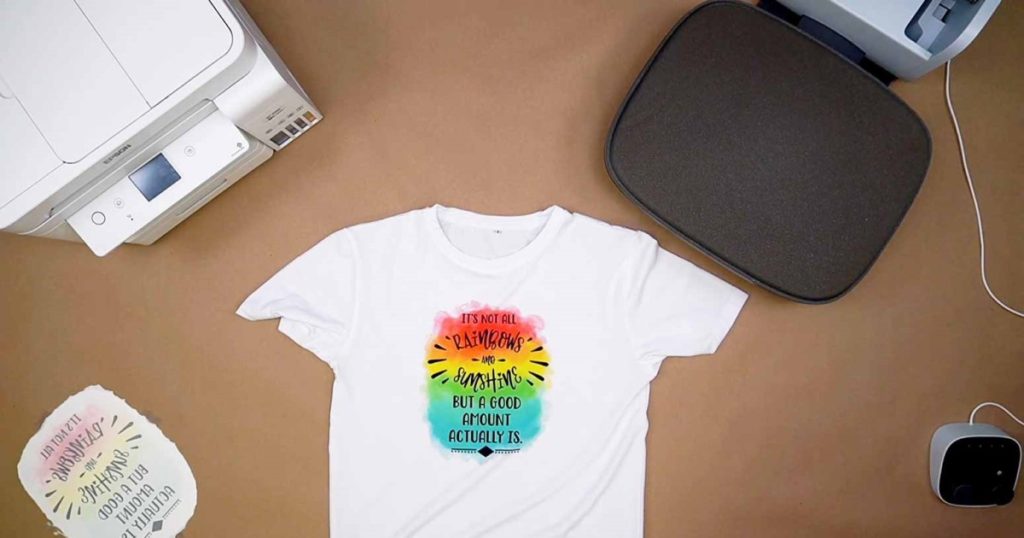
In addition to polyester coating, you can sublimate rayon. Be sure to understand how to apply the heating process to these delicate fabrics. The polyester coating is a synthetic fiber that is ideal for the sublimation printing industry.
Can you sublimate on rayon?
There are two methods to sublimate rayon:
- It is necessary to apply a polyester coating on rayon substrates;
- The polyester base is mixed with viscose, where 30% viscose is mixed with 70% polyester.
This will not give us a hundred percent result with rayon substrates, we will use the second option since we want to get the best in our production.
Thanks to this, you will understand how you can make money on it or increase your profit printing on T-shirts.
And also you can press nylon with custom design or personalization for your clients and customers. There are some myths that we will try to understand further.
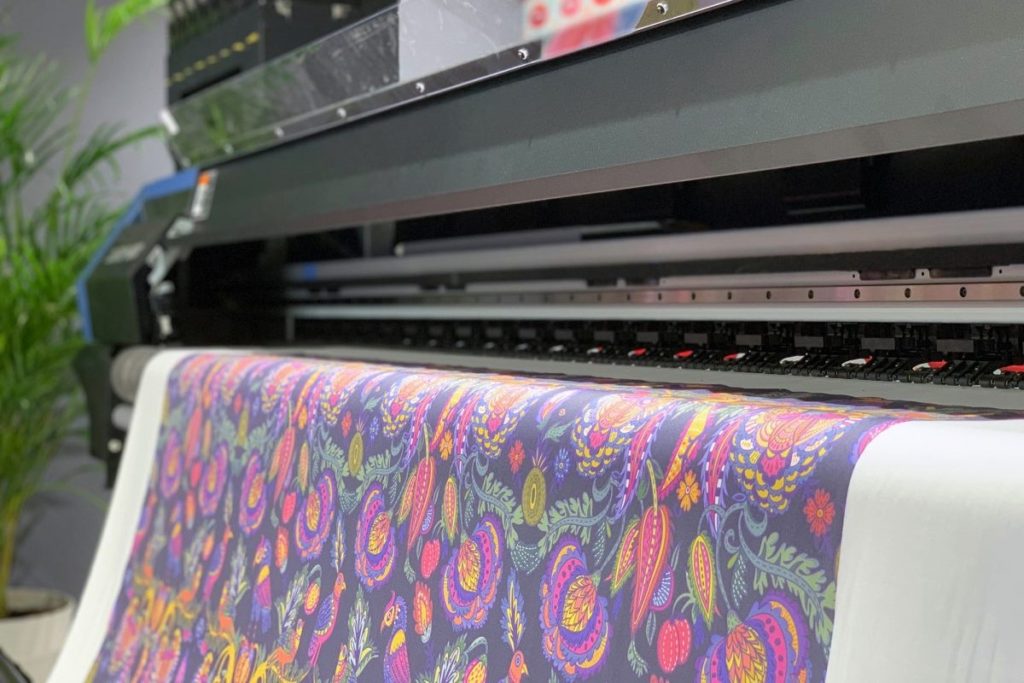
What should be remembered for the processing of rayon?
Consider several options:
- Performing the sublimation process without rayon polyester coating. It may burn out. Rayon is very smooth. After several washes, it can crumble and build into the fibers.
- If you have applied a polyester coating, the rayon may remain on the surface. The polyester solution tends to remain on the surface, as it cannot penetrate the rayon.
- After polyester coating on rayon, your print may wash out after four or five washes.
How to sublimate on rayon?
The fastest and most efficient printing is sublimation, which allow you to get high-quality images.
Rayon is suitable for this print. Known all as the most common substrate, which is often used in various technologies.
Ultimately, you can sublimate polyester-coated rayon backings.
Read also: Understanding how to make sublimation brighter effortlessly.
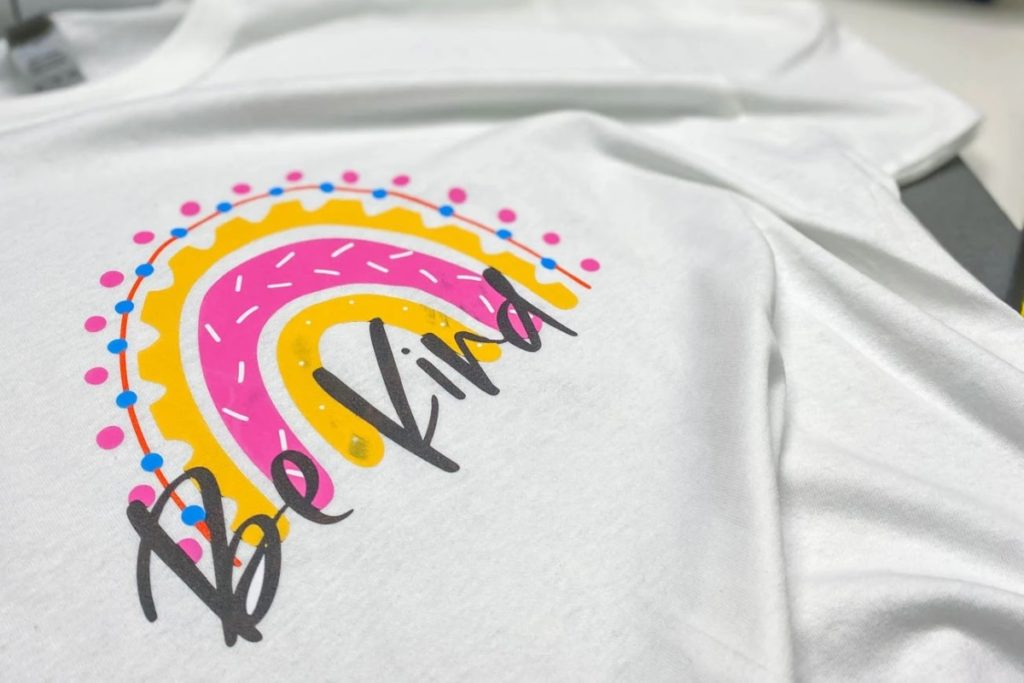
What step should be used for sublimation on rayon?
What materials do we need to start sublimating rayon? Take a look at our list below.
List of required materials:
- Desizer concentrate.
- Rayon substrate.
- Water.
- Resin concentrate for a polyester solution.
- Butcher paper.
- Measure bank.
- Silicone pad.
- Sprayer.
- Cardboard.
- Thermopress machine.
So, let’s begin. First step
You will need a measuring cup. For every first ounce of desizer concentrate, add seven ounces of water and then stir. You will have eight ounces. It can use up to twenty ounces. Next, you need to pour this mixture into a spray bottle and shake it well.
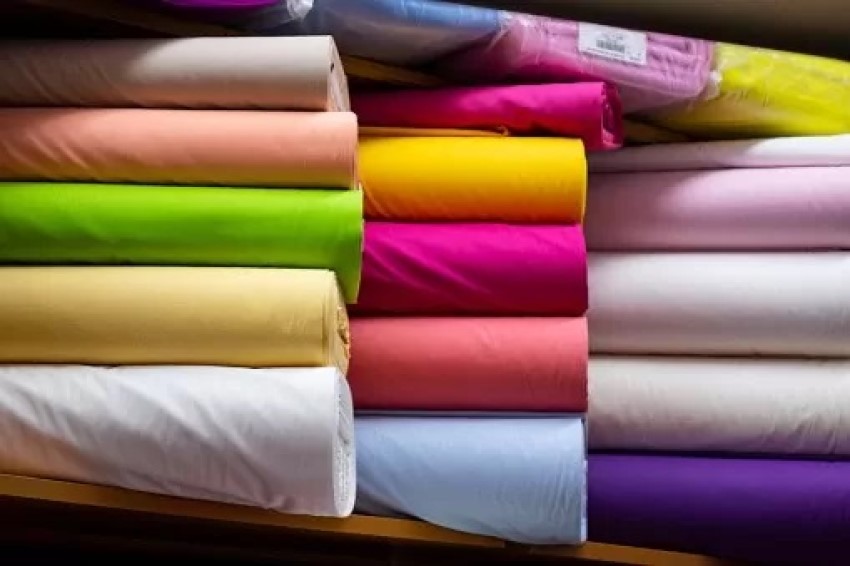
Second step
Repeat the first step.
Third step
Now you can spray everywhere. The heat from the material will begin to press against the nylon. Touching it, you can understand and feel that it is comfortable and moist.
Fourth step
Then you need to put it on a heat press and spray its borders. Remember that before you put the material on the press, you need to put a thin and dry material on top of the nylon fabric (mostly cotton). This dry cotton material will absorb moisture when you press it.
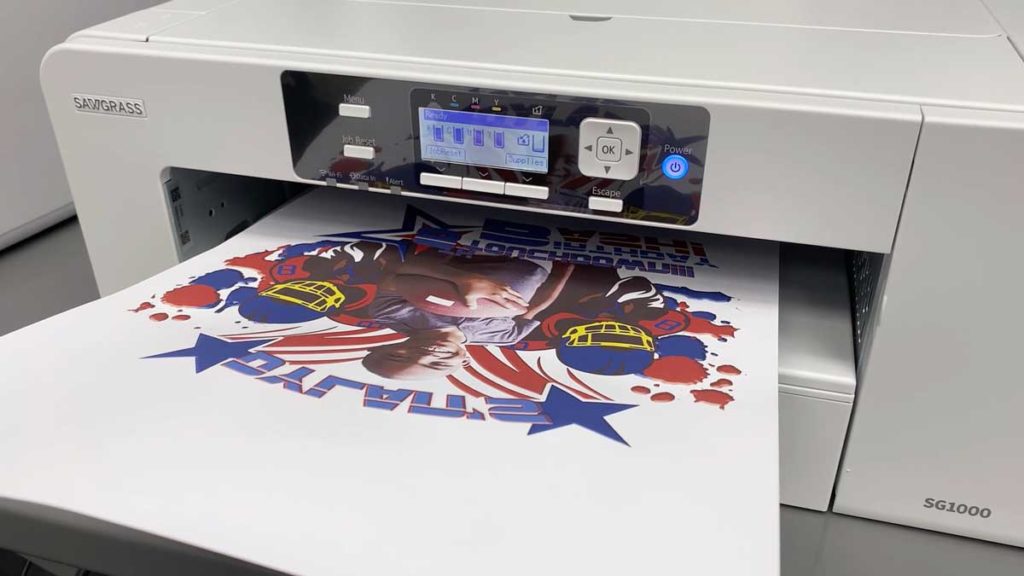
Fifth step
It is necessary to set the heat press temperature to 385 °F (196.11 °C) and gently squeeze for about 35 s. In 35 s the steam will come out. Then apply a polyester finish.
Sixth step
After you have sprayed the steam, spray the polyester coating onto the print. Attention! Check that the resin area is placed in the design area. Place the cardboard in the place where you will print the print. Thanks to the cardboard, you can see the boundaries of the polymer coating. Continue spraying the desizer at the visible borders of the print.
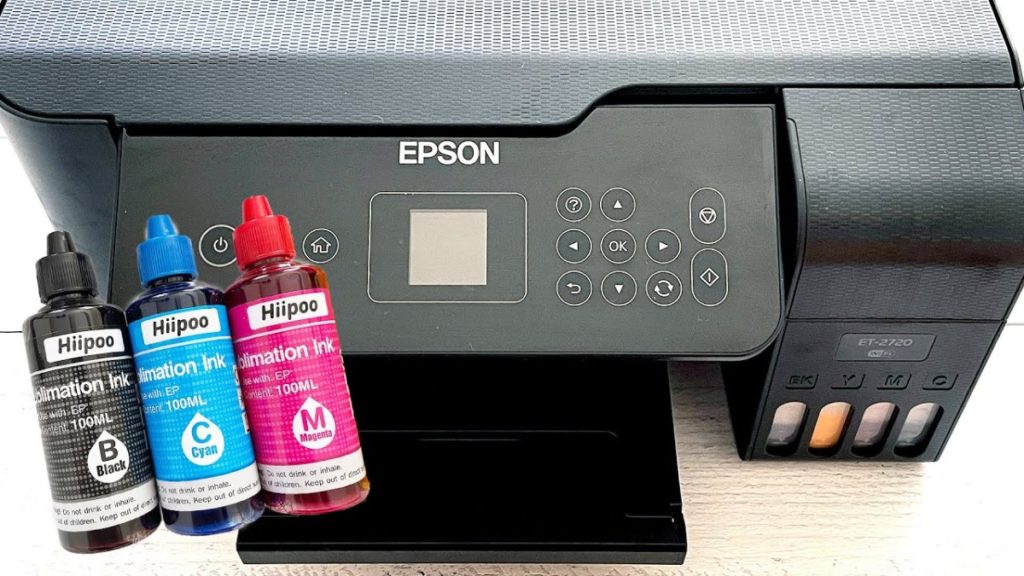
Seventh step
Press the fabric with your hands and fold it. Spray polyester on nylon fibers. Next, you need to unfold the fabric and let it dry. You can also use a heat press to dry it quickly.
Eighth step
For the polymer coating to dry quickly, press it. Under the influence of heat, it will dry quickly. The next step is to put the nylon fabric under the heat press and let it soar.
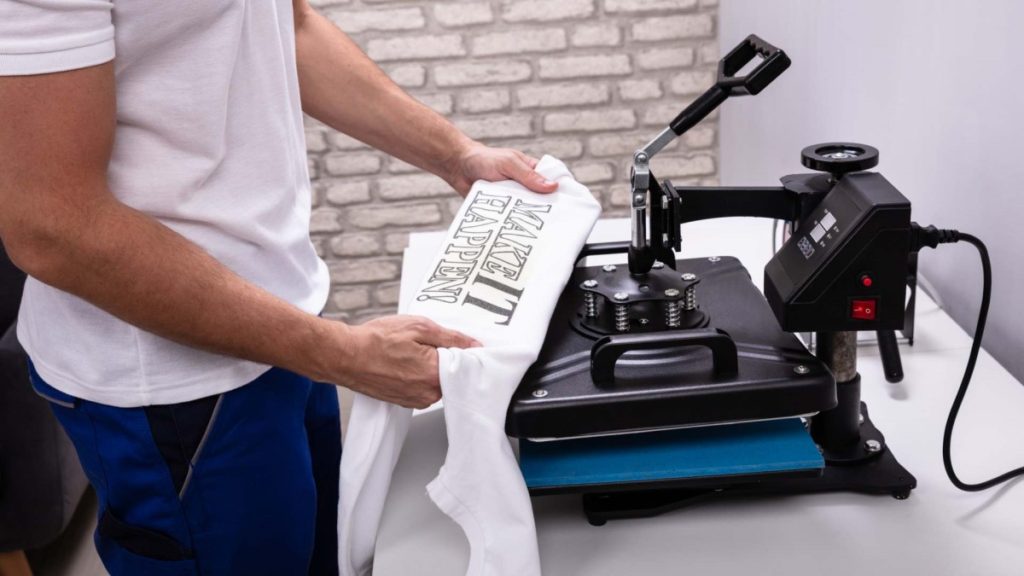
Avoid touching the hot plate on the polymer coating. Leave for five minutes. Let the polymer coating dry out.
Ninth step
Wrap the fabric to cover it with butcher paper and heat press for ten seconds at 385 °F (196.11 °C). When you have completed the initial poly coat of resin, apply the second light coat. Next, you need to press the heat press for the layer to dry.
Tenth step
You are almost finished. Then, once the second layer is dry, cover it with butcher paper and heat-press it for ten seconds. The next step is sublimation printing.

Eleventh step
Apply to a pre-marked area of nylon fabric, placing a silicone mat under the fabric, preferably the size is slightly larger than the sublimation printing image size. This will help you determine the area of the print where heat will flow and keep the rest of the print from getting burned. Then put the fabric on the heat press.
Twelfth step
Lay the printed transfer paper on the fabric. Within 70 s at 385 °F (196.11 °C) it sublimates.
Thirteenth step
Then, when you’re done, remove the paper. Slowly move it to another corner. You’ve got a great print with rayon in what looks like bulky polyester backings.
Why is it better to use sublimation printing for rayon fabrics?
Since rayon is a synthetic material, it is more effective to avoid polyester or cotton, but generally any natural textile.

When rayon is heated, its fibers expand, and as a result, we get a more enlarged material. And this means that a large space is based on the carving.
In the part of the fabric where the dye molecules remain, there will be a bright print. When the high temperature of the dye affects the fabric, its molecules turn into gaseous substances that fall into the resulting void. The dye molecules remain in place for a long time. This is due to the expanded fiber.
At high pressure, the molecules again become solid. The thread of the fabric is slightly stretched. This means that the dye molecules remain in the tissue for a long time.
FAQ
What fabric can you sublimate on?
Excellent material for sublimation – almost any clothing made of polyester. Except for cotton. In the case of sublimation of synthetic materials, if a polyester coating is applied to the fabric, the pattern will not be resistant to external phenomena.
Will infusible ink work on sublimate on rayon?
Yes, they will. They are absorbed into rayon and become part of it, so you will not feel too much.
What temperature does sublimate on rayon melt?
Sublimate on rayon dries quickly. For it to dry quickly, it can be subjected to thermal pressing. Moreover, this fabric is not susceptible to cracks and is very delicate to the touch.

How long does the print last on the fabric?
Sublimation printing is a method of thermally transferring ink onto fabric. This technology allows you to save all the colors and halftones of the image, making it resistant to abrasion, sunlight, temperature extremes, water, and cleaning products.
Can I print on natural fabrics?
For sublimation printing, disperse dyes are used, the transfer which is successfully carried out only on polyester, polyamide, and mixed (min 60% polyester) materials. Sublimation transfer to pure cotton (as, indeed, to many other fabrics – silk, wool, etc.) gives a poor result, due to the lack of affinity of sublimation dyes for cotton fibers.
Does the fabric shrink during heat transfer?
Yes, any fabric has a percentage of shrinkage, this must be taken into account when ordering, especially if the product must be of a strictly defined size.
How is the fabric cleaned?
The fabric can be washed in the washing machine, and the seams can be ironed and steamed.
Can I print on dark fabric?
It is possible, (but not on a very dark one). However, it must be taken into account that the materials are already painted, and you only add paint to the already existing color.
For the image to be distinguishable, even darker colors, such as black, must be used. Technically, white is not printed if there are white or very light details in the layout – they will be the original color of the fabric.
Do you need any post-print processing?
Unlike direct printing on polyester fabric, transfer technology does not require any post-processing at the end of the production process.
Final thoughts
Although at first glance the steps seem complicated and long, they are easy and simple to use after one or two applications.
After reading this article, you can practice with confidence. And you will successfully fulfill customer orders, and expand consumer demand.

Hi, I’m artist and sublimation printing expert. Born and raised in Anchorage, Alaska, I had passion for photography and painting from my childhood. I started my career as a sublimation print operator for a local printing company in 2012. The role exposed gave me lots of practical knowledge about printing process, from managing color profiles to ensuring print quality on various materials.

Leave a Reply